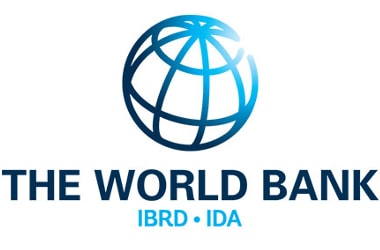Remittances to India decline by 5% in 2016
Q. Remittances to India have declined by what percent in 2016, according to World Bank India?- Published on 10 Oct 16a. 4%
b. 5%
c. 6%
d. 7%
ANSWER: 5%

World Bank India, the world’s largest remittance recipient in 2015 may receive a remittance of USD 65.5 billion this year, a drop of 5 percent according to the World Bank.
- The reason for this is weak economic growth in remittance source countries and cyclic low oil prices
- In 2016, remittance flows are expected to decline by 5% in India and 3.5% in Bangladesh while they will grow by 5.1% in Pakistan and 1.6 percent in Sri Lanka, the latest report on remittances said
- Despite the drop, India is topping the countries receiving remittance this year, according to most estimates
- The World Bank indicated in 2016, India is expected to receive a remittance of USD 65.5 billion followed by China (USD 65.2 billion)
- Pakistan is positioned at number 5 and estimated to receive USD 20.3 billion in 2016
- Remittances to South Asia are expected to decline by 2.3 percent in 2016 following a 1.6 percent decline in 2015
- This is due to weak economic growth in remittances source countries and cyclic low oil prices
- India retained its top spot in 2015, attracting close to USD 69 billion in remittances according to the World Bank
- Remittances from GCC countries continued to decline on account of lower oil prices and about market nationalisation policies in Saudi Arabia
- Gulf Cooperation Council is an alliance of 6 Middle Eastern companies- Kuwait, Saudi arabia, UAE, Oman, Bahrain and Qatar
- This is set against the backdrop of tepid global growth, remittance flows to low and middle income countries to low and middle income countries
- New normal of slow growth has been entered and in 2016, remittance flows to LMIC are projected to reach USD 442 billion, marking an increase of 0.8percent over 2015
- Modest recovery in 2016 is largely driven by an increase in remittance flows to Latin America and the Caribbean on the basis of a stronger economy in the US
- By contrast, the remittance flows to other developing regions either fell or recorded a deceleration in growth
- Low prices continued to be a factor in reduced remittance flows from Russia and the GCC countries
- Additionally, structural factors have also played a role in dampening remittances growth
- Anti-money laundering efforts have prompted banks to shit accounts of money transfer operators, diverting activity to informal channels
- Remittances continue to be an important component of the global economy, surpassing international aid
- This new normal of weak growth in remittances can impact economies across the globe and create a new set of challenges for economic growth.